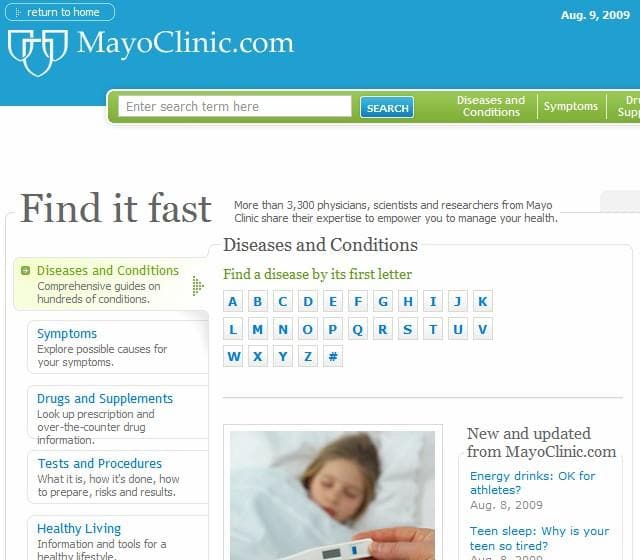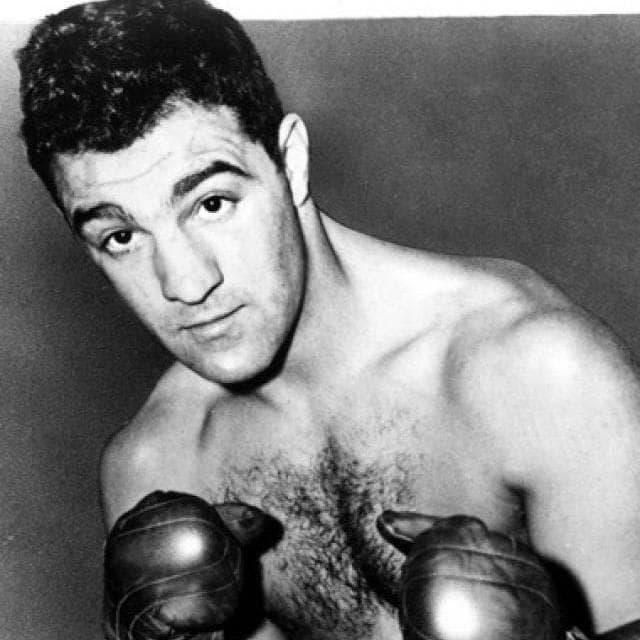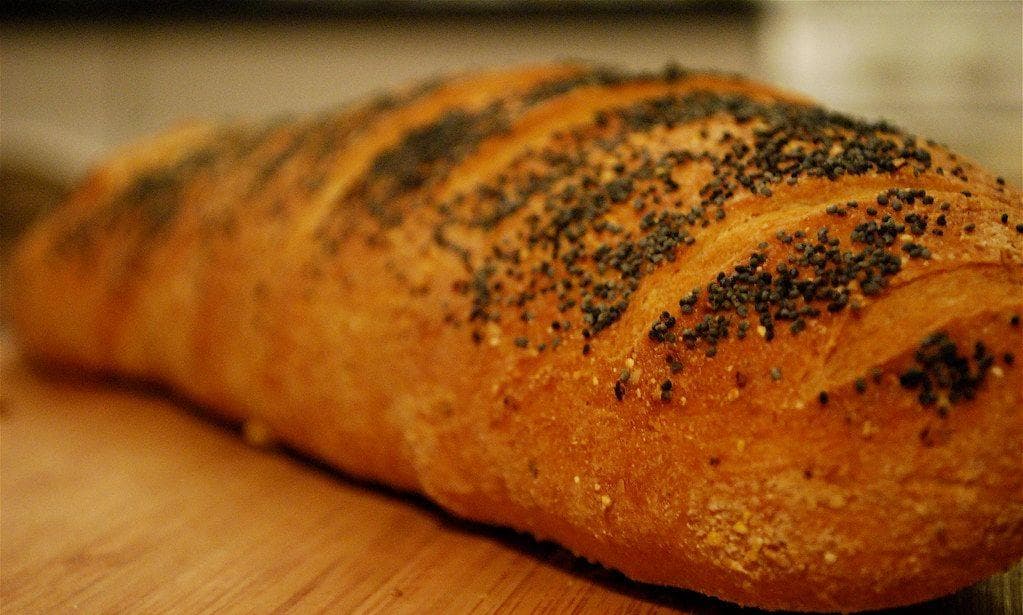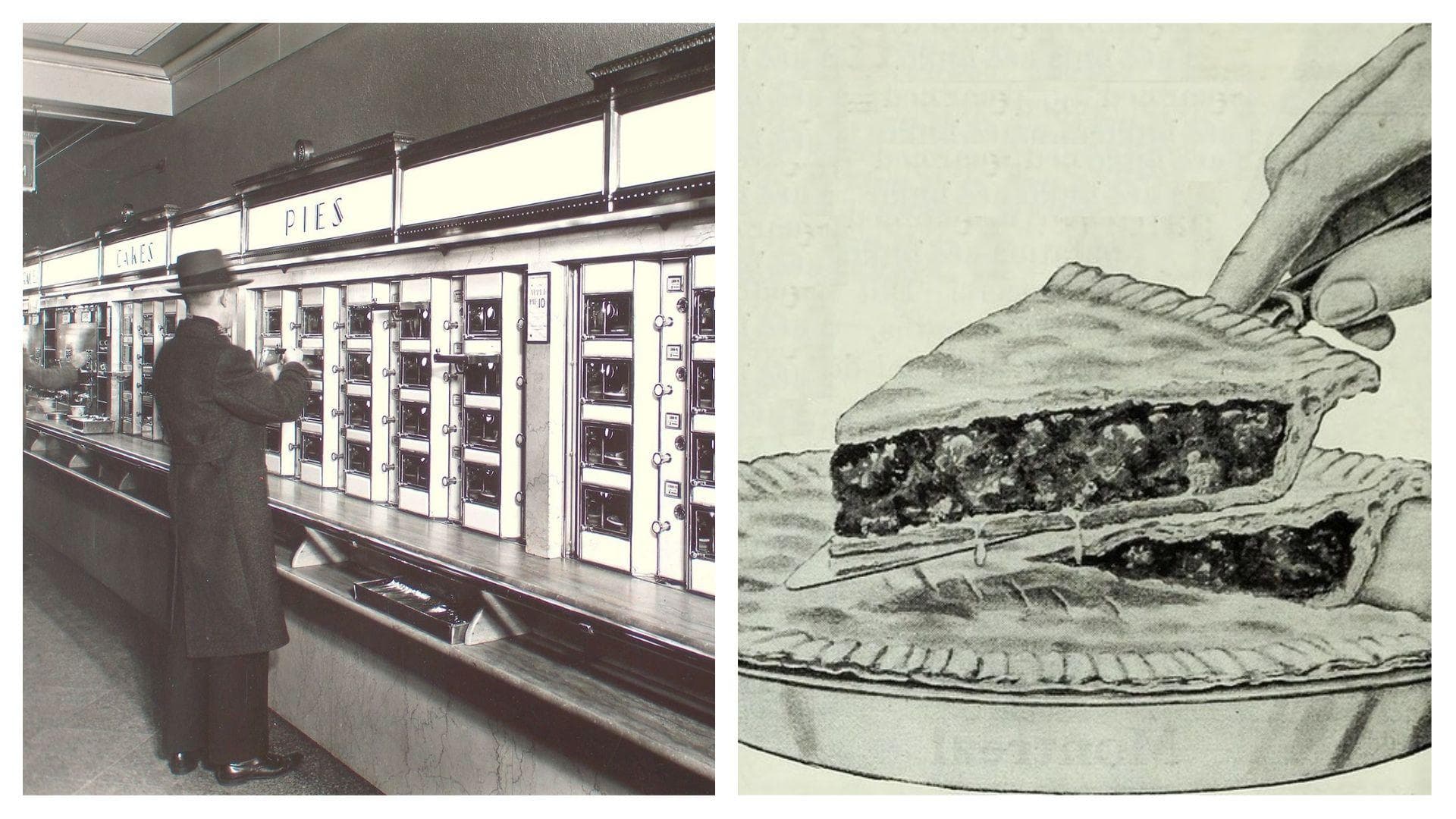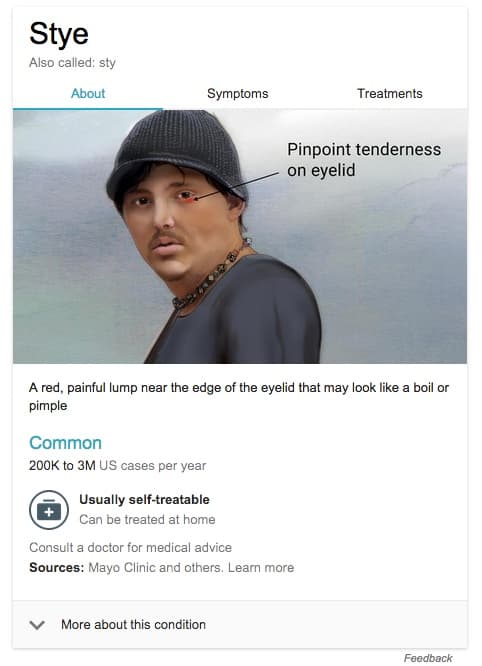-
(#6) Lobotomies Were Commonly Administered For Psychiatric Patients
Although the lobotomy is primarily thought of as a 20th-century practice, it was actually invented in the 1880s, making it a product of the 19th century. Gottlieb Burkhardt, a European doctor, practiced this "treatment" on psychiatric patients, cutting into the frontal lobes of their brains to cure them. It was believed that this part of the brain contained the "seat of reason."
Burkhardt's methods were considered to be barbaric, and his fellow doctors did not think highly of him at the time. However, the lobotomy has never fully gone out of fashion, resurging in usage at various moments since its inception.
-
(#5) Surgery And Amputations Were Carried Out Without Anesthesia
Although surgery is still a common phenomenon that's probably not going anywhere anytime soon, imagine it in a period before antibiotics and general anesthesia. To be fair, doctors had started administering chloroform by the 19th century, which rendered a patient unconscious, but it wasn't a popular option, even during limb amputations. In addition, the pain reliever morphine existed, but it was often in scarce supply.
During the US Civil War, the only way to save an arm or a leg that had been injured badly was to amputate it as quickly as possible. This was a risky procedure conducted in field hospitals not far from the battlefield, and cleanliness wasn't always a concern.
-
(#10) Massaging The Skull Was Used To Diagnose Mental Illness
Phrenology may be more weird than horrifying, but it was a popular way of diagnosing psychiatric ailments during the 19th century. This practice involved touching a patient's skull, feeling for all of the lumps, bumps, and misshapen areas. The face would sometimes be studied as well.
In theory, both the features of the skull and the face could tell a doctor exactly what was wrong with the patient.
-
(#1) They Drilled Holes In Skulls To Improve General Health
Trepanning is a medical treatment that involved cutting holes in the skull with a circular device in order to improve a patient's general health. If trepanning is done right, the brain usually isn't touched, making this procedure quite different from the brain-scrambling that is the historical lobotomy.
Interestingly, trepanning is still used today to treat skull fractures and brain swelling, as opposed to its "general" use in the 19th century.
-
(#4) They Drained Blood In Order To Balance The Body Out
Phlebotomy, also known as bloodletting, was a normal medical procedure during the 19th century. At the time, doctors still believed that the human body was made up of the four humors: blood, phlegm, black bile, and yellow bile, and they thought that illnesses were caused by an overabundance of one of them. Therefore, removing blood from the body would reduce the imbalance and cure the issue.
However, it wasn't just doctors who performed the procedure - some barbers placed it on the list of things they could do, alongside haircuts and shaves.
-
(#9) They Used Lard To Deliver Babies
Up until the 20th century, the rates of infants (and sometimes mothers) who expired during the act of childbirth were very high. There was a disease called "childbed fever" that afflicted mothers whose doctor's did not wash their hands and spread germs from one patient to the next.
However, there was also some sage medical wisdom in the period that instructed women on how to best grease up the birth canal, especially if they were going to be delivering their baby from the comfort (and relative safety) of their own home. John Gunn's 1861 manual Gunn's New Domestic Physician stated: "The parts of generation during labor should always be well oiled or greased with lard, as it greatly assists and mitigates the suffering, and lubricates the parts of passage."
New Random Displays Display All By Ranking
About This Tool
Victorian Britain always reminds people of some beautiful pictures: exquisite manors, luxurious dinners, live bands, and fair ladies strolling in the park. But there is a dark side to this era, even modern people will feel creepy. At that time, doctors did not boil water for tea, anesthesia could be used on babies, and anesthetics were available in every pharmacy. In the 19th century, certain medical procedures were meant to save your life but killed you.
Anesthetics did not appear until the mid-19th century. Before that, the faster doctors operated, the more proud they were because the entire operation was unbearable suffering for patients and doctors. The random tool introduced 10 horrifying medical procedures in the 19th century.
Our data comes from Ranker, If you want to participate in the ranking of items displayed on this page, please click here.


